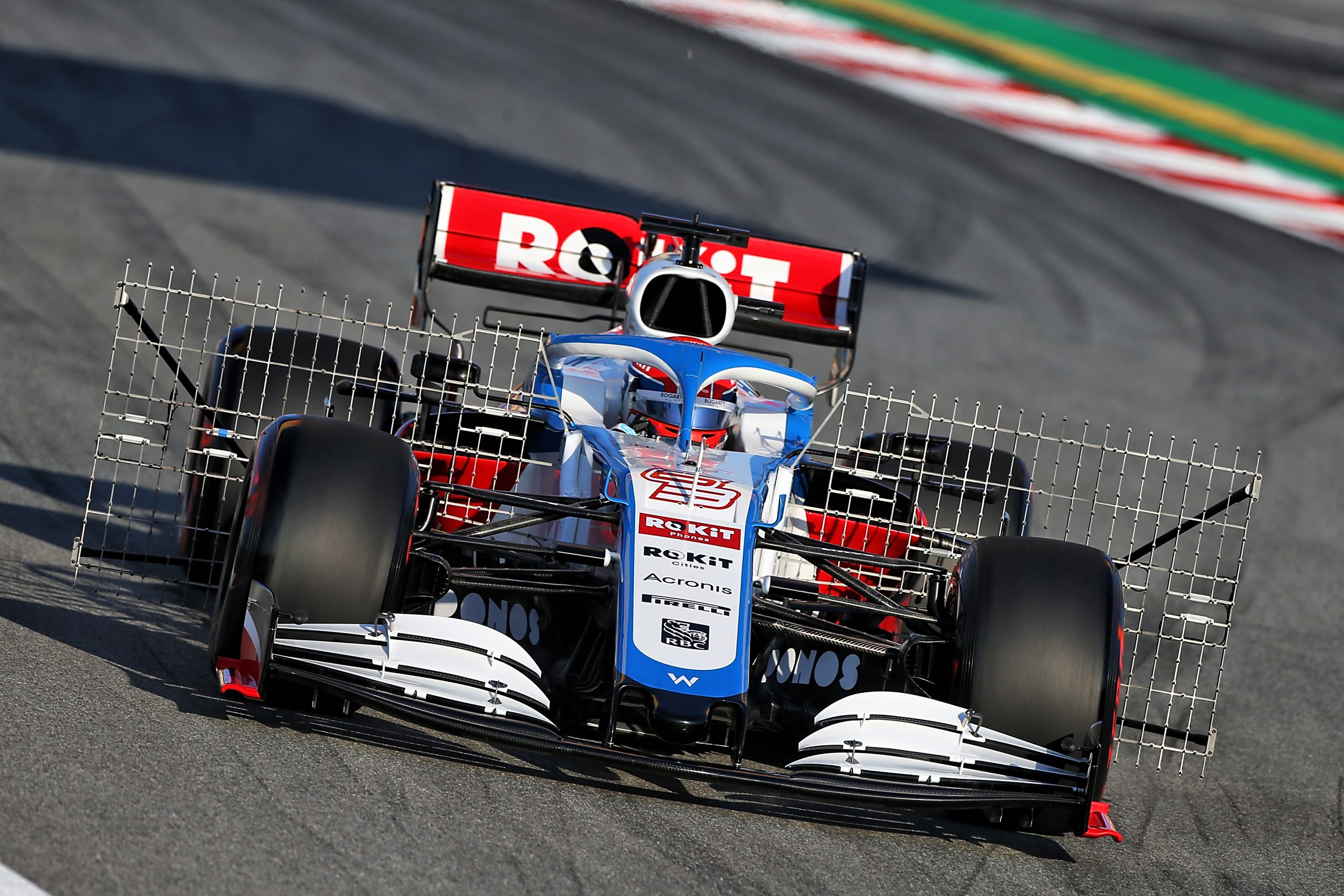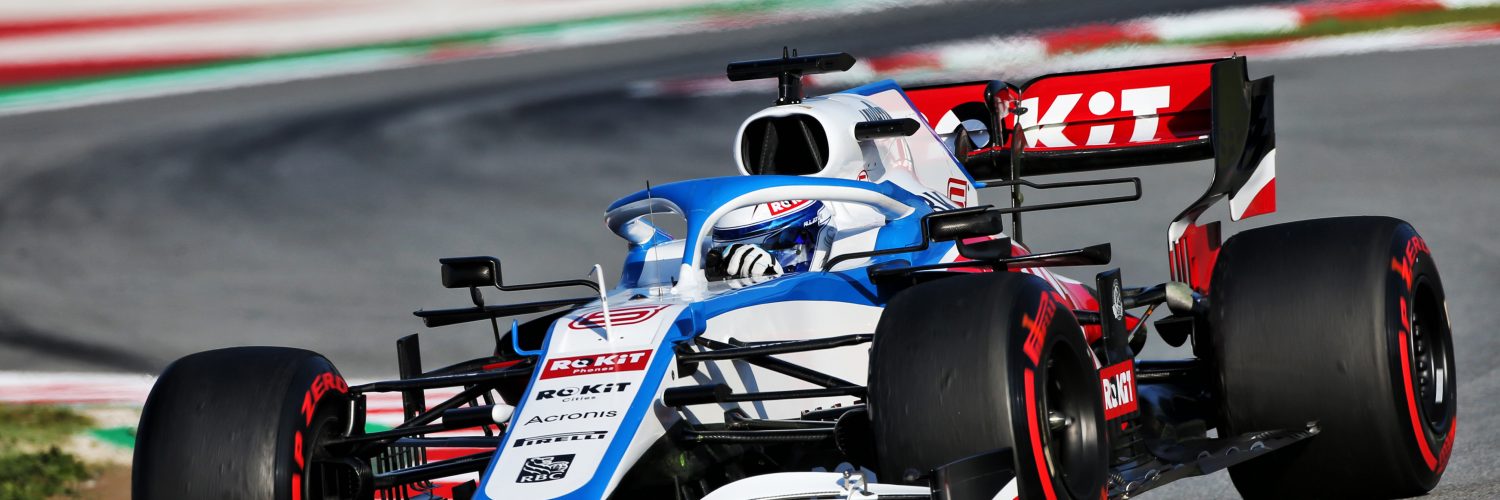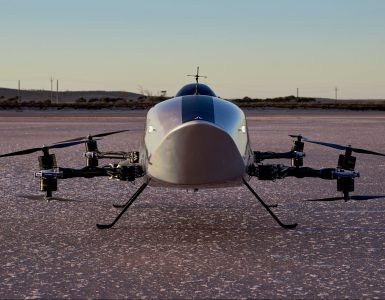Success in F1 is cyclical. Teams have to suffer the bad times as well as the wins. Williams look to have bounced back from a dip in form and after its struggles in 2019, things are looking up for 2020.
Introducing the FW43 🥊#WeAreWilliams #WeAreRacing #WeAreFighting pic.twitter.com/BicXLD7i4i
— ROKiT WILLIAMS RACING (@WilliamsRacing) February 17, 2020
Releasing its new FW43 car ahead of testing showed car not too dissimilar under its new paintwork to the outgoing 2019 race car, but with all the issues ironed out. This is reiterated by the teams Design Director Doug McKiernan, when he said, “the main concept behind the FW43 is that it is a continuous development of the FW42, with no fundamental concept changes to the layout”. It is, of course, no surprise that McKiernan says, “the team at the factory have been working incredibly hard on the development of the car”. How they have focussed this work is the key point. “We have paid significant attention to understanding the problem areas of the FW42 and we have carefully chosen parts of the car to develop, those that would give us the most performance for the resources we have”.
This approach tallies well with both the team’s situation and the upcoming regulation changes in 2020. After a challenging year, there may be the temptation to try for a radically different approach, but this risks compounding errors when the team found its previous car didn’t meet expectations. If you were to look at the 2019 FW42 without the livery, there were features that were at the same level if not more advanced than many of their rivals. Its not that the car lacked ambition, just that it didn’t work to the level the designers had predicted. This required a back to basics approach to understand what differed in the correlation between design and reality.
Now the team feel “that we are on the right path, with the level of correlation we have between the tool kit we use to design the car and what the track data is telling us”. This means the car should work as its winter redesign intended and in-season development adds predictably to the car’s performance.
The Winter redesign, while not a huge visual change, is nonetheless a step forwards, as McKiernan explains. “There has been a healthy development rate in the wind tunnel, and we have found reasonable improvements in the cooling efficiency. The team has addressed the mechanical issues that affected it in 2019, these include the brakes and the overall weight of the car”.
As the car hit the track for the first of two three-day tests, both drivers commented favourably with the improvements to the car, with Briton George Russell boasting, “The general handling of the car is much better, and from lap one I had confidence to push the car to the limit. The FW43 is an improvement on last year”. The team’s new Canadian driver, Nicolas Latifi adds, “I can definitely feel that the car has taken a step forward from last year, so thanks to the team for their hard work over the winter”.
Initially, optimism is underlined by the team’s Chief Engineer, Adam Carter. “The initiatives that we put in place to drive performance across all disciplines within the engineering department are evident in the design and development of the FW43. It’s been great to see the hard work starting to pay off”.
"These six days of testing have been a little bit of vindication for us."#WeAreWilliams 💙 pic.twitter.com/K3ig2dnDVz
— ROKiT WILLIAMS RACING (@WilliamsRacing) March 3, 2020
THE FW43 MACHINE IN DETAIL
From both the car unveiled to the media before the test and in its early testing set up, the car shows off its new features. While we can see the new aero and mechanical parts, its also obvious that the early testing is being devoted to the correlation work explained above. This the cars runs were often dedicated to aero testing, the car sporting a variety of cameras, sensor arrays, aero rakes and flow viz paint to assess the car area performance, to ensure is matches the designer’s expectations.
Starting at the front the car follows much of the design cues from last season. The front wing\nose are all largely similar and follow the current design trends. Underneath the nose cone there is the Cape, a flowing aerodynamic device that sets up the airflows for the bargeboard package downstream. While within the nose, there is the S-duct, a long held trick to clean up the airflow under the nose and route it out over the top of the car, again helping set up the airflow to the bargeboards behind.
Last season, Williams followed the increasingly popular route of raising the front suspension as high up as possible to keep it clear of the wake forming off the front wing. This necessitates the front upright to extends via a camber plate out through the inner wheel rim to meet the upper wishbone. Last seasons set up used a rounded shaped extension, which is now neatly slimmed down structure, keeping the stiffness but improving the aerodynamics.
An area now critical to the performance of the F1 car is the bargeboard package. One of the few areas with free reign and space to exploit into massively complex aero solutions. Driving airflow around and under the car, the bargeboards are an evolution from 2019. Even through testing Williams fitted new front vanes to the car, as the aero development and correlation programme continued.
One of the key deviations from the old car is around the sidepods, the Mercedes engine’s winter development gained not only more power, but even tidier packaging and an ability to run hotter, aiding the reduction in the cooling package within the sidepods. Thus, the already sleek FW42 sidepods are further slimmed and reshaped, to create a distinctive ramped profile. This reworking not only reduced drag from the slimmer overall cross section of the car, but the ramped shape also promotes airflow down over the engine cover towards the diffuser, gaining downforce.
The car carries a nice downswept sidepod profile pic.twitter.com/eQrtokeTFI
— Craig Scarborough (@ScarbsTech) February 17, 2020
To additionally help the sidepods slim shape, is the use of the roll hoop inlet to feed coolers mounted above the gearbox. Thus, the actual roll hoop structure is the “V” shape inside the inlet. Air flowing within this “V” feeds the engines airbox, while the more rounded shape around serves to create two extra inlets either side, that feed the coolers over the gearbox.
Williams continue to develop their own gearbox and casing. While a huge load for the engineering team, this does give them the freedom to decide wheelbase and suspension geometry/packaging. The pay off means that the team are free to lay out the car the way they want to, rather than forced into compromises from a supplier.
Above the gearbox, two supports mount the rear wing, most teams now follow the double support concept, the increasingly complex vanes in the folds of the rear wing endplate mean that there is necessary that the pylon’s wider support for the top rear wing is required rather than the endplate itself.
These two wing supports also give clues to a winglet to be added in this area. As there are two small bumps behind the pylons just above the exhaust tailpipe. This may see the addition of a small winglet to work with the exhaust plume to direct airflow up under the top rear wing. Also having two wing pylons allows the three exhaust (one turbo and two wastegate) to be neatly grouped in between them.
In a season where the midfield battle could possibly be closer and more intense than ever, the improvements to the team’s correlation and progress with the car design show that Williams are in a stronger position than of late. Testing has shown the improvements are there, so there’s the prospect that the team can be more combative this year within the midfield.





